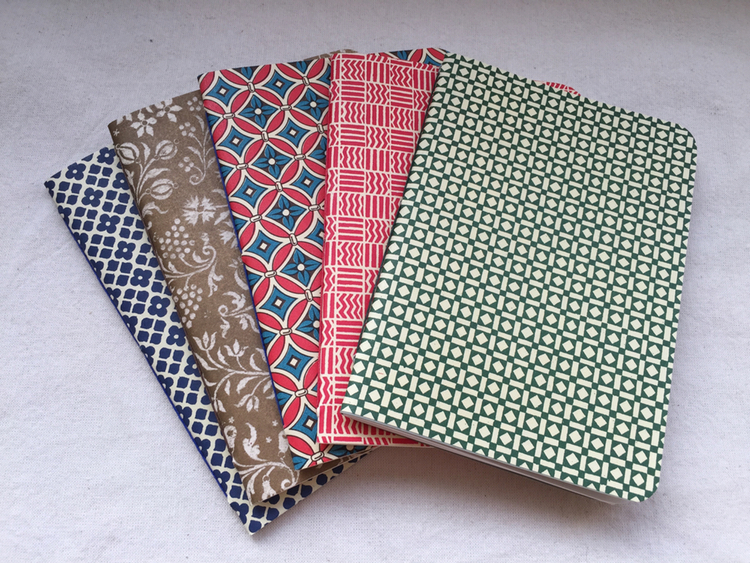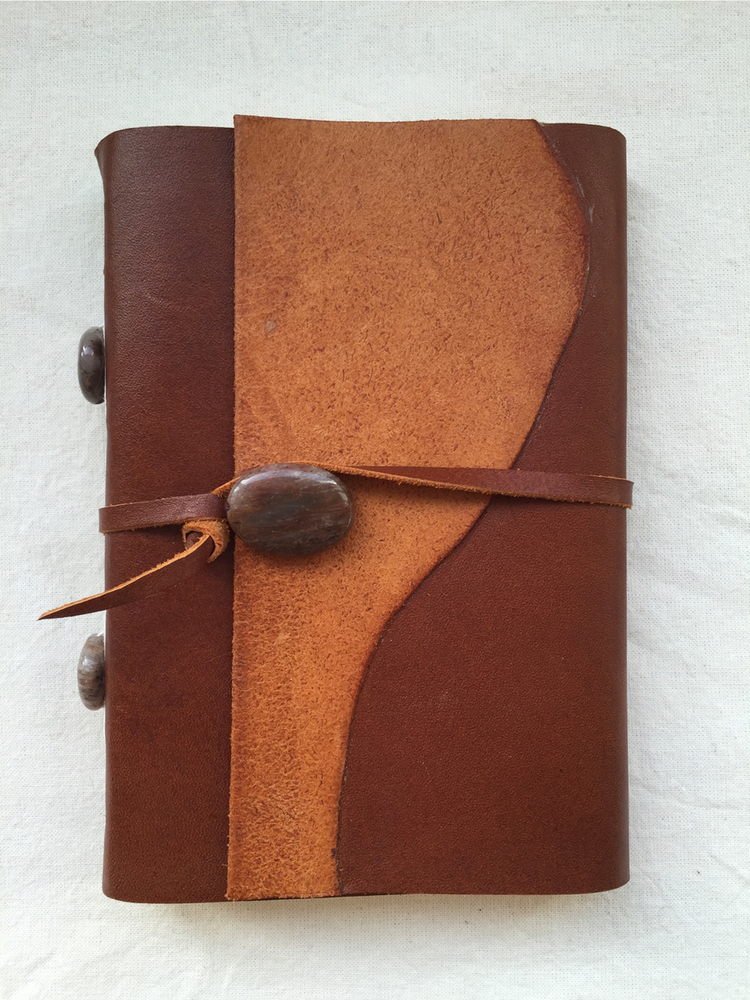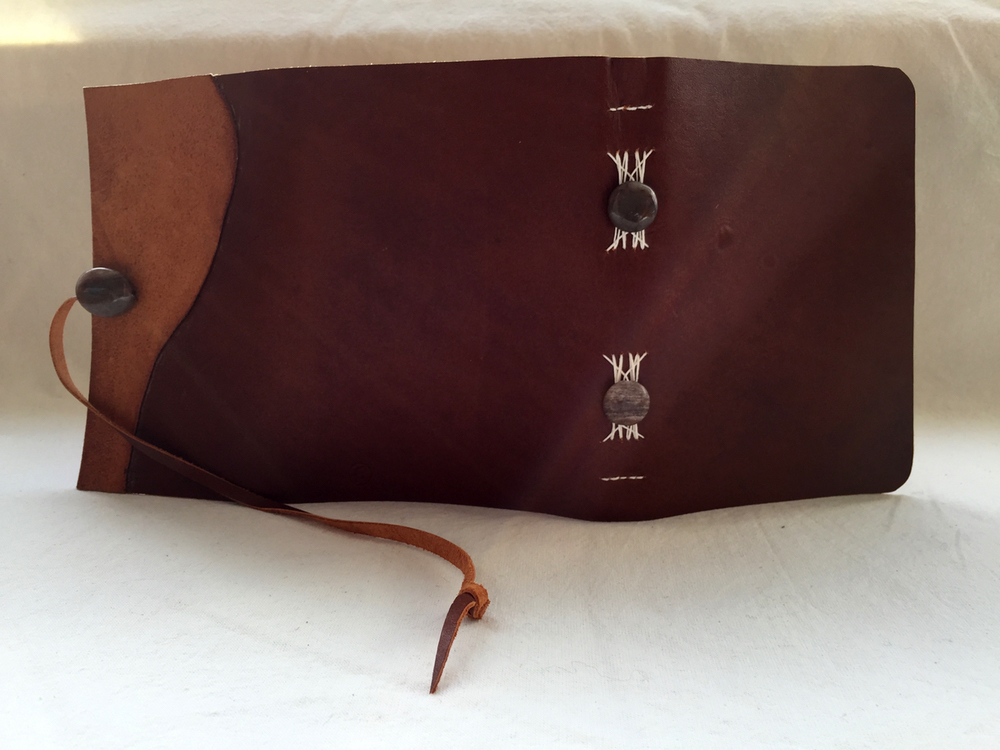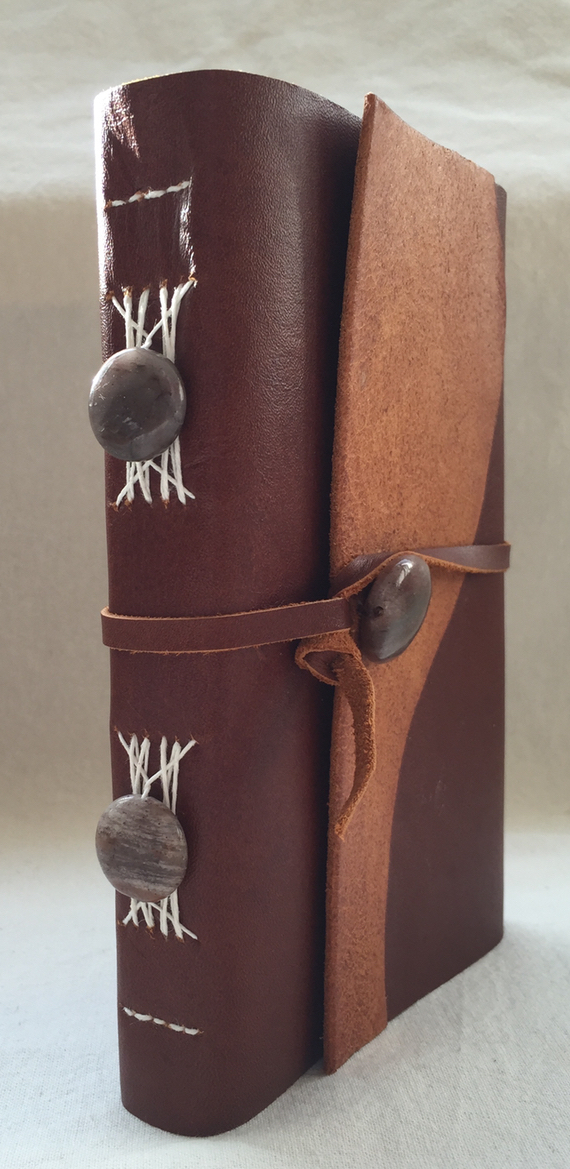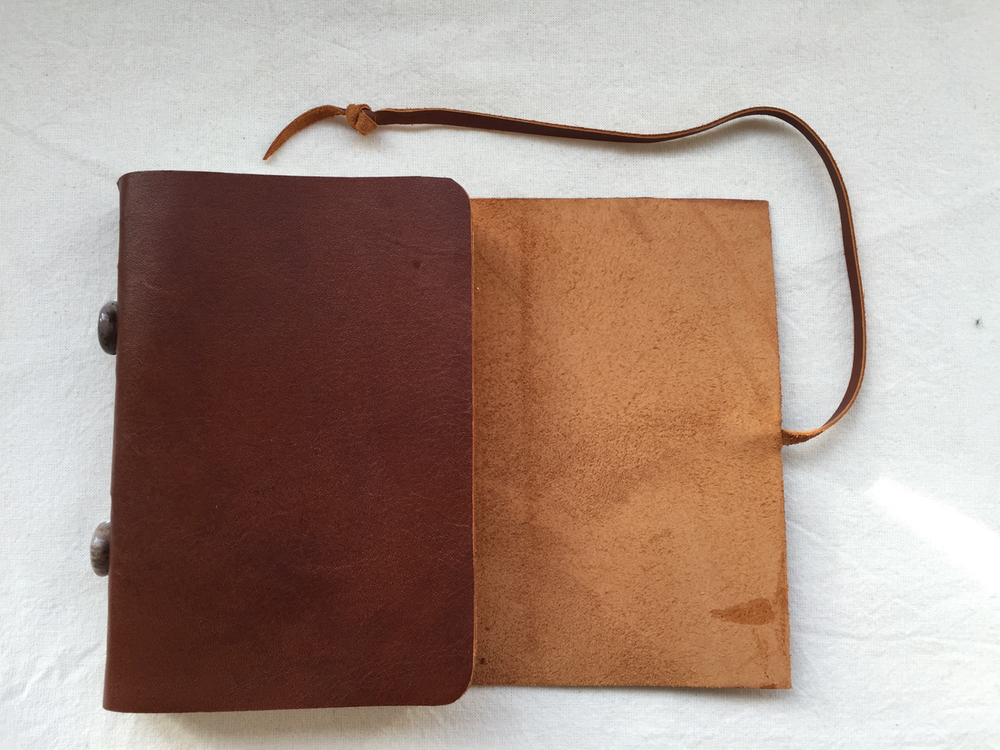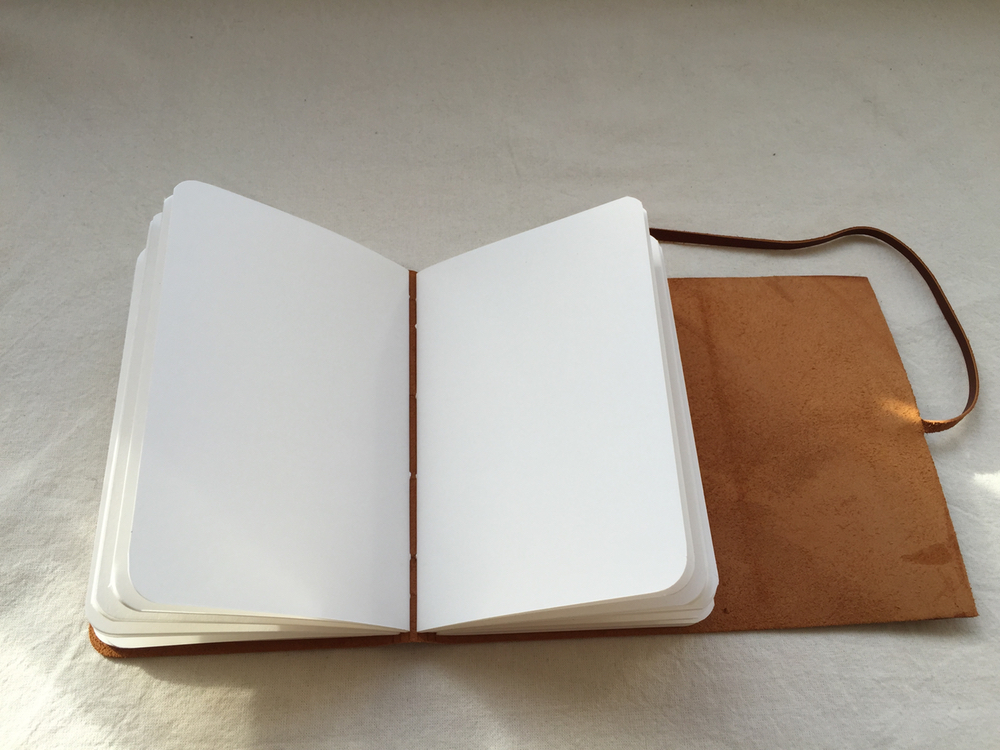An instruction manual for future reference
- Check that there’s water in the reservoir. Red coffee maker is sad without water.

- Flip the 0/1 switch to 1. Two lights will turn on. This starts the coffee maker heating up water; you’re going to want to wait until the COFFEE light goes off. While you do that…
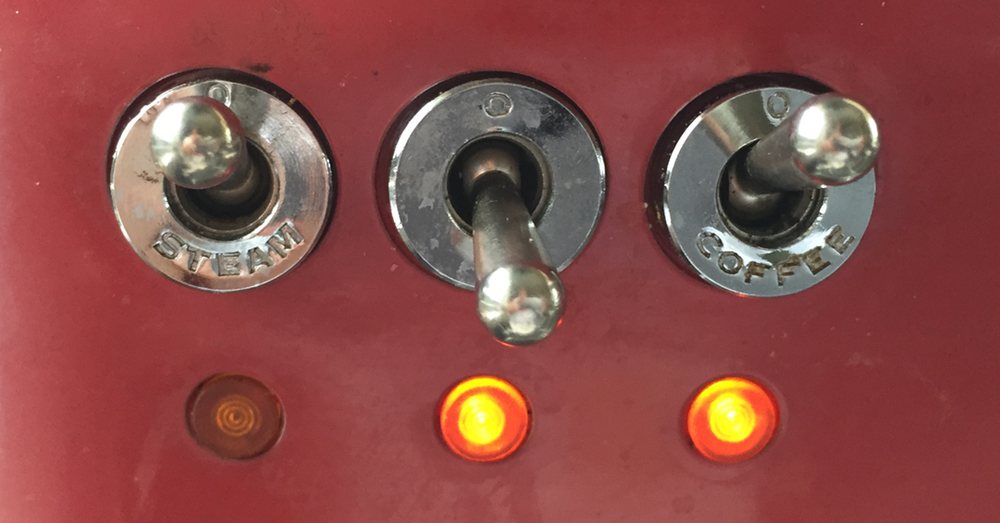
- Make sure you have the smaller of the two filter cups (those things with the holes in the bottom) in the holder.
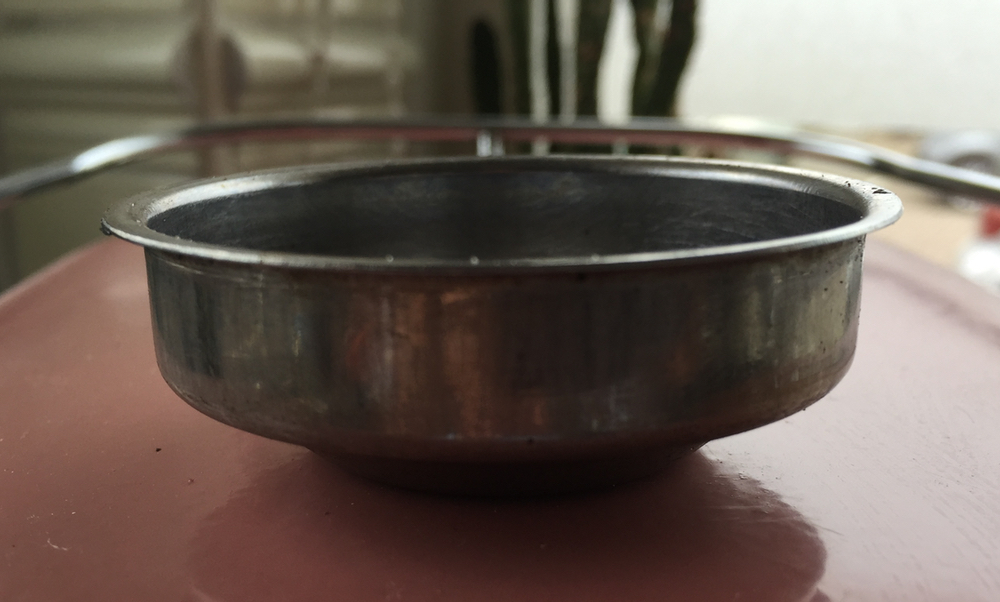
- Get the canister of ground coffee from the fridge. Put the holder on the upturned lid of it, and spoon about a teaspoon and a half of coffee into it.
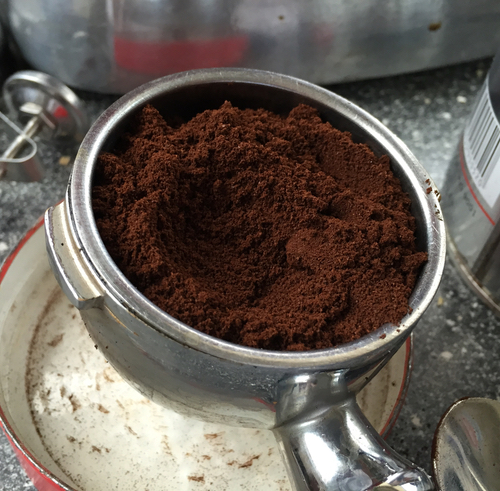
- Use the tamper tool to compress the coffee. Feel free to give it a good whack with your hand (this is why I had you put it on the upturned lid! Won’t dent the counter.)
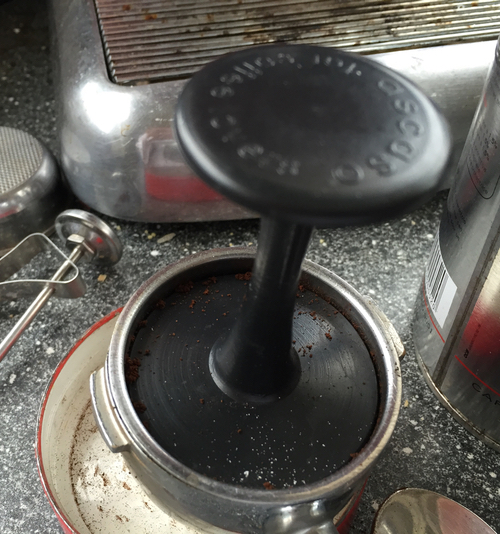
- Put the holder into the coffee machine. Push the handle as far to the right as you can. You’re allowed to whack that, too. Coffee is a violent, violent stuff, historically, politically, and in terms of how the beans are made ready to drink. A little hitting is right in tune with all of this. Then put the little ceramic cup underneath it, because we are small, and from where we sit, we can only wait helplessly for the products of violent history to rain down on us. (We are more mighty later in the day.)

- Has the COFFEE light gone off yet?
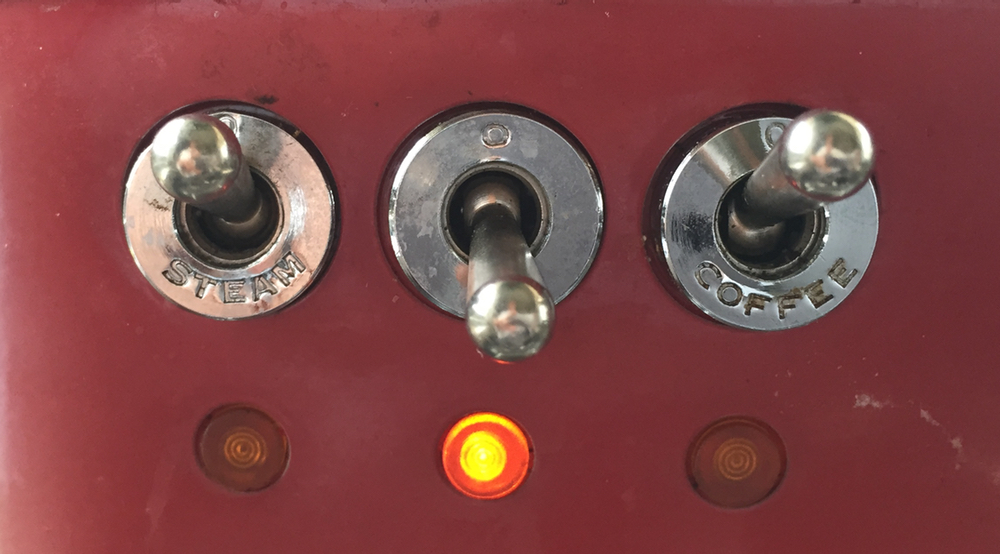
- When it does, flip down the COFFEE switch.
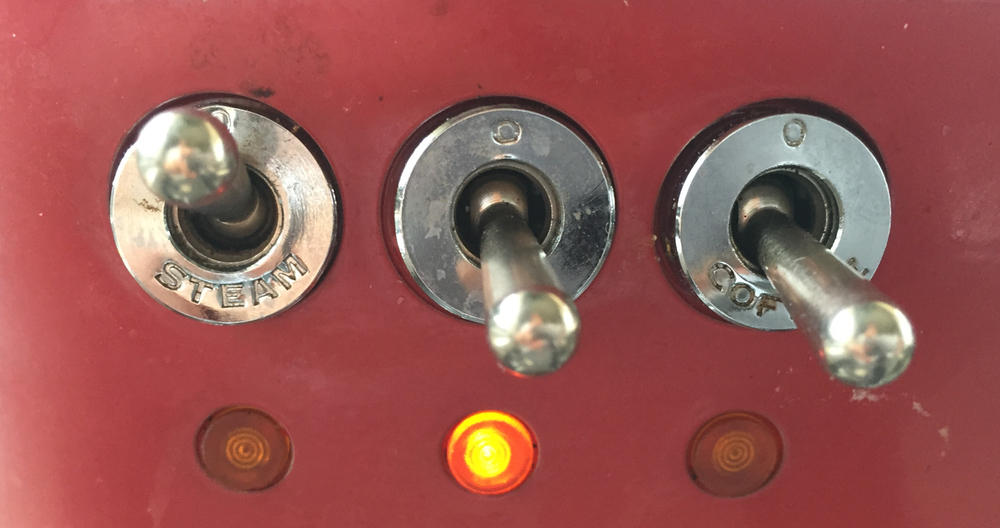
- There will be noises. And the dark brew of sanity will flow. Let it about half-fill the ceramic cup, then turn the COFFEE switch back off. A person can only cope with about half a cup of sanity at a time, I reckon.
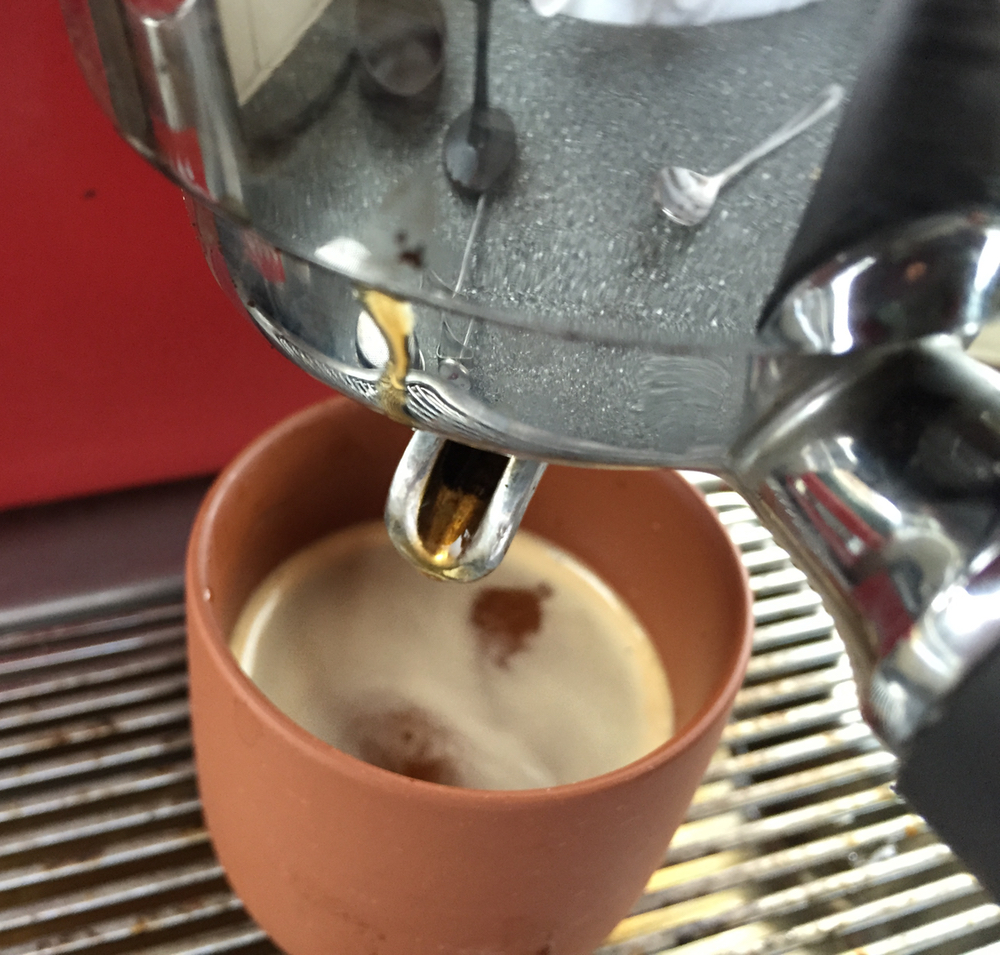
- Stop the flow of sanity by flipping the COFFEE switch back up. It doesn’t matter what the light is doing.
- Remove the holder. Do it now, because later, there will be pressure and bad things. Put the grounds in the green bin. (If you forget to remove it now, leave it until the coffee is all the way made and the machine has cooled down. It won’t harm anything being left in place. Just don’t remove it during the steam process.)
- Flip the STEAM switch down. Note that the light below the COFFEE switch is now on. You have to wait for the COFFEE light to turn off again before you get steam, because some poor designer got overrulled in meeting after meeting. Pity them while you do the next steps.
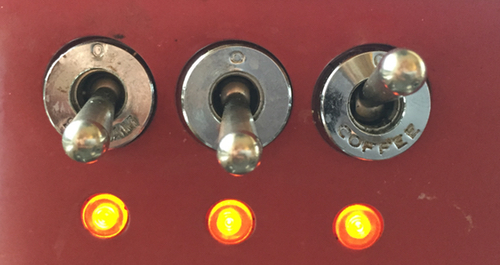
- Because I am not sweet enough, I need sweetening for my coffee. Because I am not self-accepting enough, that takes the form of a zoetje. Put one of them in the coffee mug.
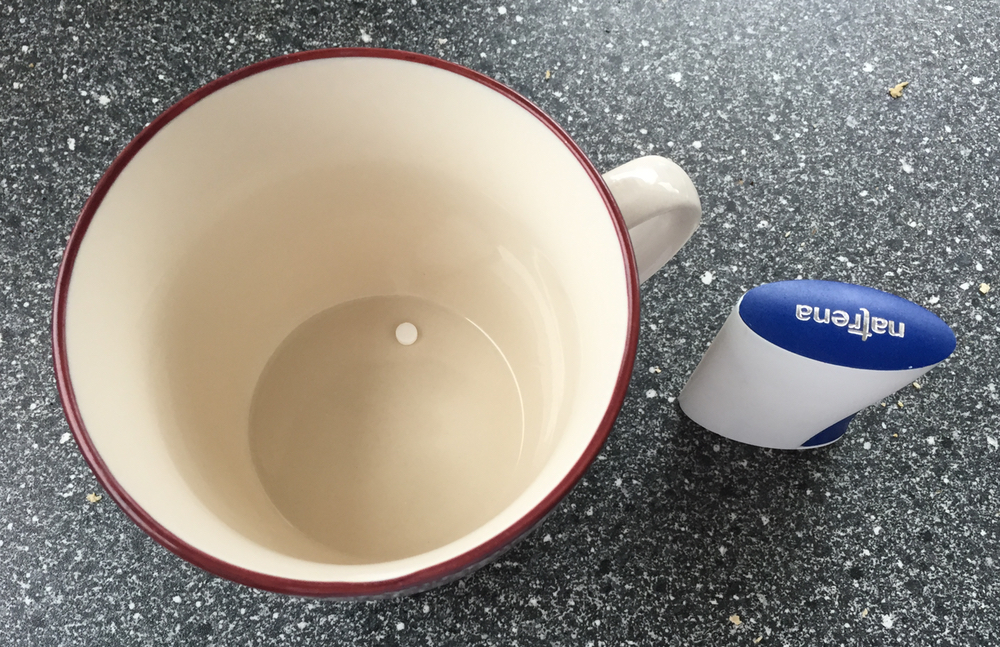
- Add milk to the mug, leaving enough room for the coffee to go in later. Use the box milk on the top shelf of the fridge, or if you forget/we’re out, the normal milk. If you use the coconut milk, your life will become very interesting, because people whose coffee is messed with hold grudges for a surprisingly long time.

- When the COFFEE light is off, the machine is ready to steam milk. It may be doing very dramatic things, because it gets kind of excited about this stage.
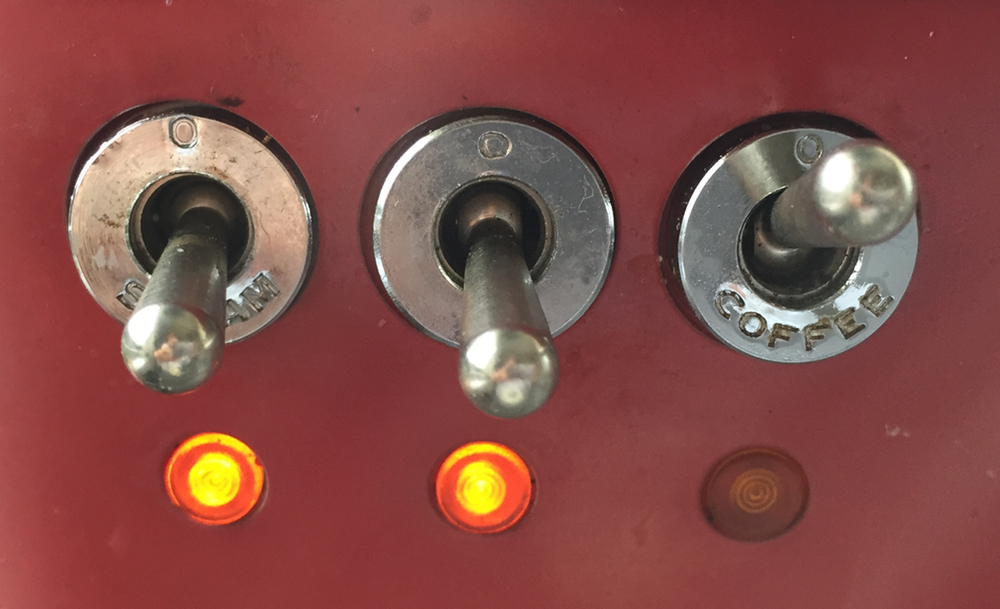
- Position the cup with milk so the steam nozzle is inside it. I tend to put it on the larger filter cup. Make sure it balances!
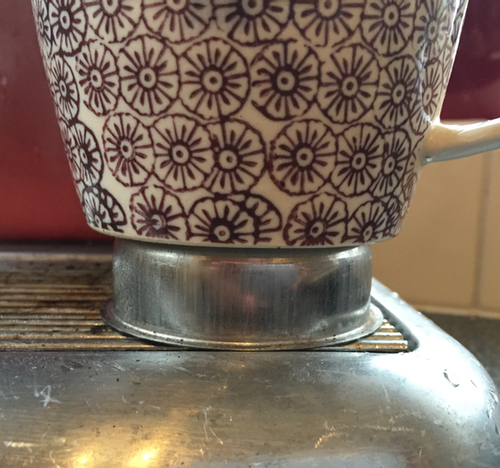
- Put the thermometer in, and turn the knob on the right hand side of the machine.
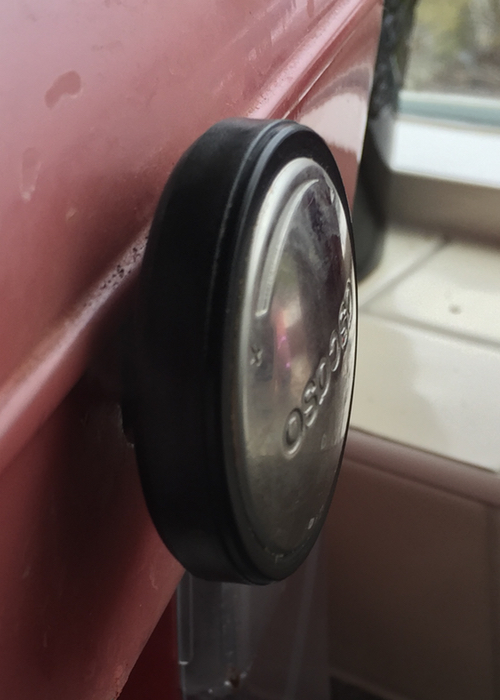
- When the thermometer reads about 40, turn the steam off.

- Take the mug out, give the steam nozzle a wipe with a sponge or a damp paper towel, and turn everything off.
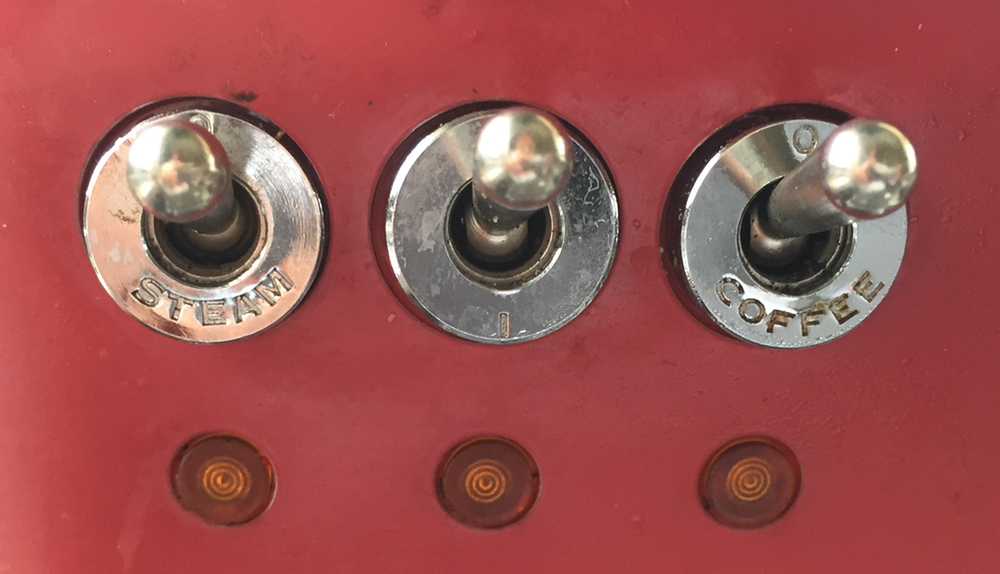
- Pour the coffee into the milk. Give it to me and collect your hugs and kisses.

Note that this is my optimized method. If you do it “wrong”, you’ll probably still end up giving me a lovely cup of coffee, and I’ll still be grateful.
Except if you do the coconut milk thing. Then it’s war.

